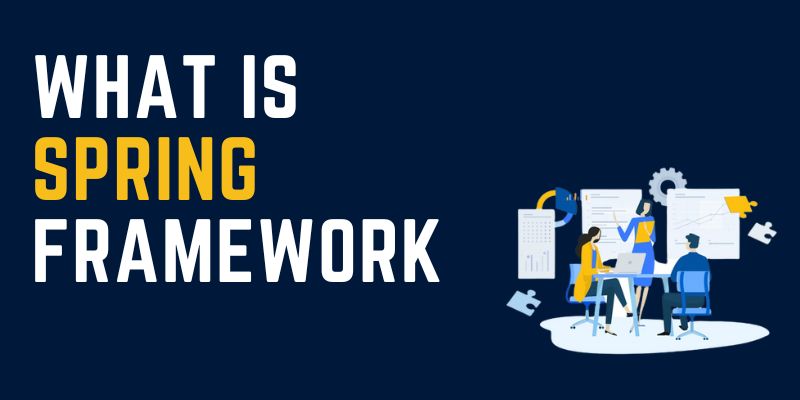Introduction
An open-source application framework called the Spring Framework (Spring) offers infrastructure assistance for creating Java applications. Spring is one of the most well-liked Java Enterprise Edition (Java EE) frameworks, assisting programmers in building fast Java objects-based applications (POJOs). In this blog, I will speak about the Spring framework and its uses. If you want to know more about Spring, join Spring Training in Chennai with certification and placement support for your career advancement.
What is Spring Framework?
With a few convenience layers (including database access, proxies, aspect-oriented programming, RPC, and a web MVC framework) put on top, the Spring framework is actually simply a dependency injection container at its core. You may create Java applications more quickly and easily with its assistance.
Why Spring Framework is used?
Java programs are intricate and comprised of numerous powerful elements. Heavyweight denotes a dependency on the underlying operating system (OS) for the appearance and functionality of the component.
Spring is regarded as a safe, affordable, and adaptable framework. Because Spring is lightweight, effective at leveraging system resources, and has a large community of support, it increases coding productivity and decreases the time required to construct an application overall. By eliminating tiresome configuration tasks, Spring frees up developers’ time to write business logic. Developers may concentrate on the application because Spring takes care of the infrastructure. Join Spring Framework Training in Chennai with certification and placement support for your career development.
How Spring Works?
Web applications often have three layers (layered architecture):
The outermost layer, the presentation/view layer (UI), is in charge of handling both user interaction and content presentation.
Business logic layer: The main layer responsible for a program’s logic.
The deep layer that handles data retrieval from sources is called the data access layer.
For an application to function, each layer is dependent on the others. In other words, the data access layer communicates with the business logic layer through the presentation layer. Each layer requires dependence to fulfill its purpose. Numerous dependencies and thousands of classes are typical features of an application.
Application code is prone to becoming closely connected (interdependent) without a Spring Framework, which is not regarded as good coding practice. Because loosely coupled components are separate and modifications to one won’t influence how others function, loose coupling is good.
Dependency injection is the central concept of Spring. A programming style called dependency injection enables programmers to create architectures that are more loosely connected. Because Spring uses dependency injection, it can recognize the many Java annotations that programmers place on top of classes. The developer wishes to create an instance of a class, and Spring is aware that it should be managed by Spring. Additionally, Spring is aware of the dependency and ensures that all newly created instances have appropriately populated dependencies.
Attention Reader! Join Spring Course in Chennai with certification and placement support for your career enhancement
Conclusion
I hope this blog helps you get some valuable information about Spring. If you want to learn more about Spring, join FITA Academy because it provides training from real-time working experts with certification and placement support for your career development.

